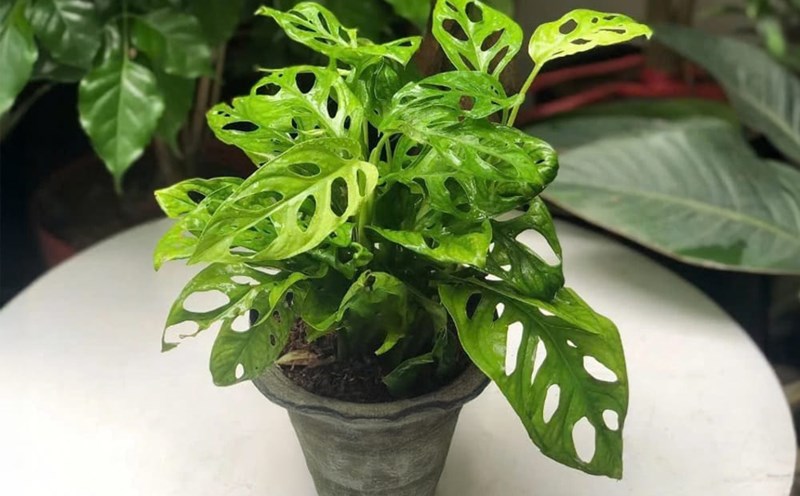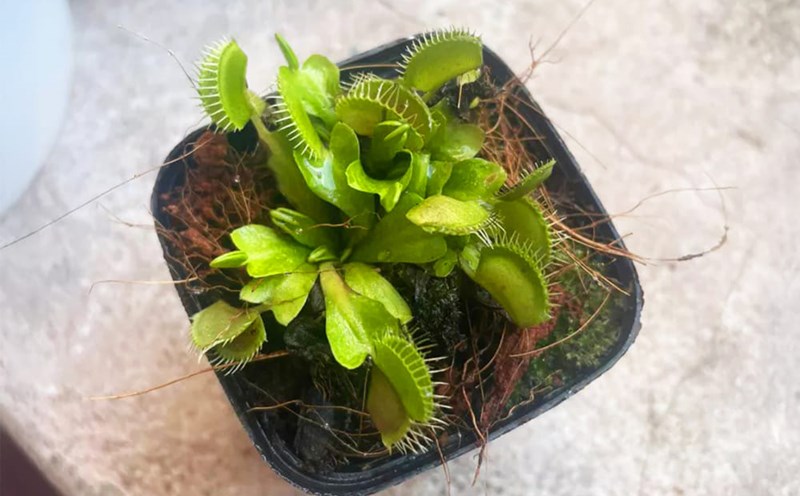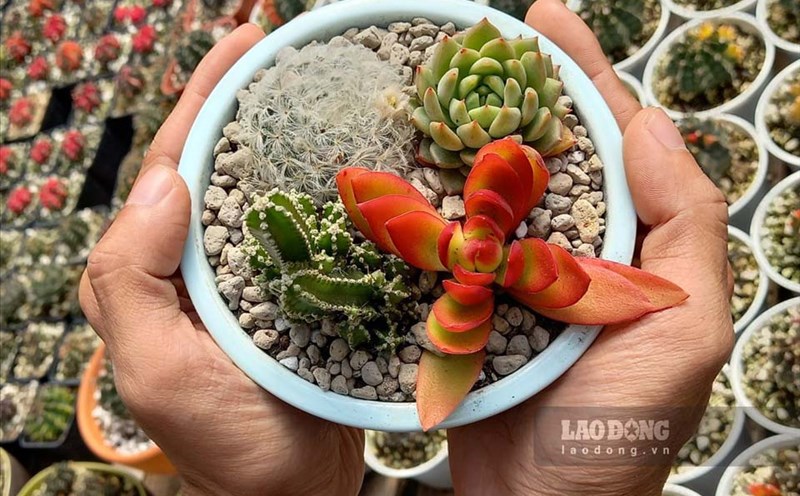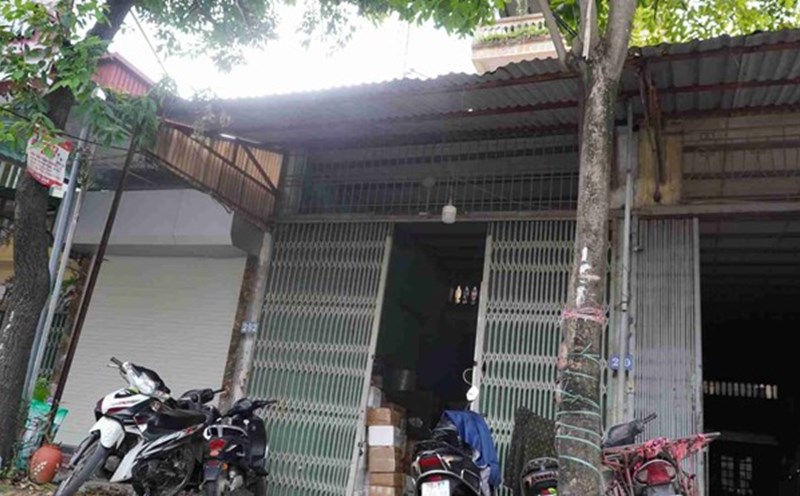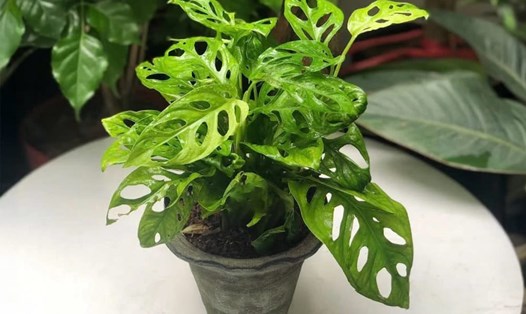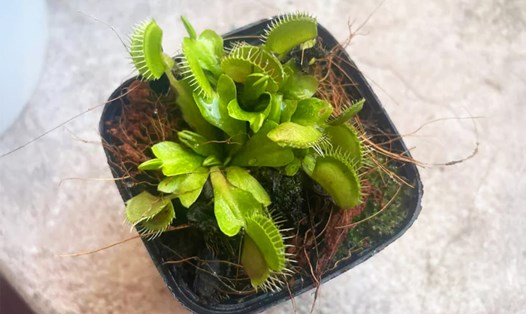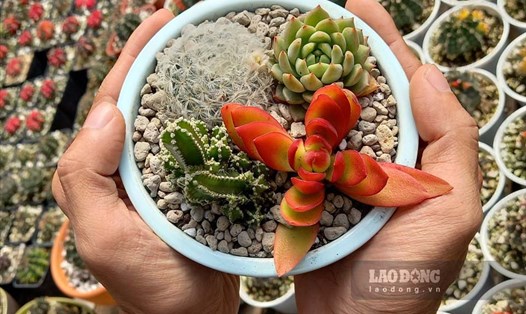velvet tree, also known as Fittonia, is a very popular ornamental plant thanks to its outstanding beauty. Although it may seem fragile, taking care of velvet trees is not too complicated if housewives pay attention to the following methods:
Light
velvet antler is a plant that prefers scattered or low-light light. In the natural environment, they often grow under the leaves of tropical forests. Therefore, when growing velvet trees, you should avoid leaving the plant in direct sunlight because it will cause the leaves to burn, making the leaves dry, brittle and discolored.
The ideal location to grow velvet trees is near northern windows, or places with natural light but not too much sunlight. The plant also grows well under fluorescent light, suitable for decoration in offices or low-light corners of the house.
Under the tree
velvet jam is a moisture-loving plant, but is very sensitive to waterlogging. Improper watering of the plants will affect the growth of the plants. To limit this, housewives should water when the soil surface in the pot of the plant begins to dry. A simple way to check is to use your fingers to feel the soil layer, if you see dry soil, it is time to water the plant.
Pay attention to the signs that the plant needs to be watered, which are when the leaves and trunk are soft and sticky, and there is a condition of withdrawal. If watered enough, the plant will quickly return to bloom. Conversely, in case of watering too much, velvet trees will have yellow leaf soy sauce. It is necessary to ensure that the potted plant has a good drainage opening and not let the water accumulate in the pot lining plate.
Moisture
velvet trees also grow best in environments with high humidity. Dry air in air conditioners or winter weather can make the edges of the leaves dry and roll up.
To increase moisture, you can apply the method of spraying fog on the leaves regularly every few days. placing the pots in a bright bathroom or planting them in closed glass pots (terrarium) will help create moisture for velvet cumin trees.
Growing and feeding land
velvet grass needs loose,une-rich soil and good drainage to avoid root flooding. Ideal soil mixes can include soil, coconut fiber, renard and organic fertilizer.
This plant only needs to fertilize slowly or thinly replenish NPK once a month during the growth period (Spring and Summer) to help provide the necessary nutrients.
Trimming and breeding
Regularly pruning the tops will help stimulate the velvet pine tree to grow many new branches, creating a more dense and dense overall forest. Trimmed branches can continue to be used for propagation.
Just plant a 5 - 8cm long branch with a few leaf buds in moist soil or water, they will quickly take root and grow into a new tree.

